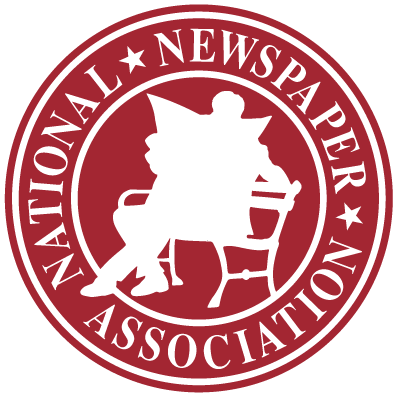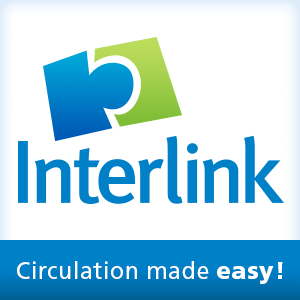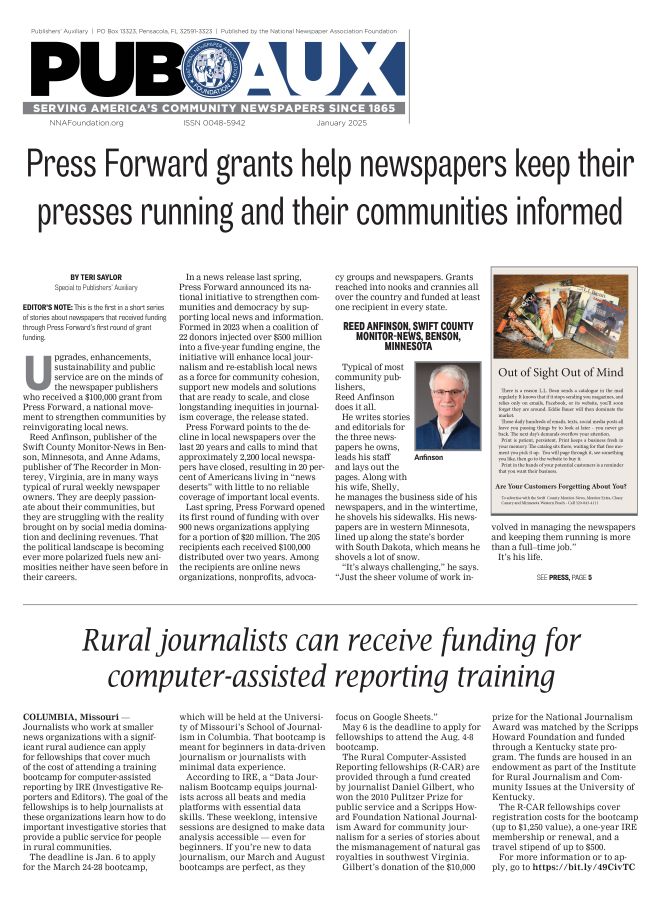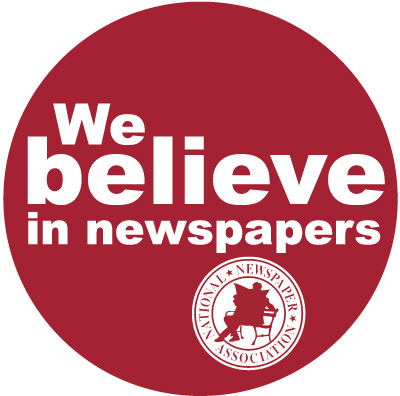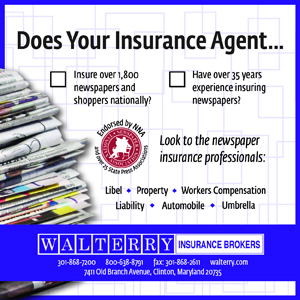Printing plant fire causes stress, then hope
Apr 5, 2016
Four things you need to know to protect your central plant or newspaper publishing operation
By Peter W. Wagner
White Wolf Web Offset Regional Printers | Sheldon, IA
The fire started sometime between 12:40 a.m. and 1:08 a.m. Tuesday, June 4, 2013. That was only minutes after our night crew clocked out after completing their shift.
The fire burned throughout the night and destroyed most of our family-owned White Wolf Web regional printing facility. After several days on the scene, the state fire marshal reported the flashpoint was in the stitch-and-trim line’s baler, located in the garage at the east end of the buildings. The fire marshal also believed the cause of the fire to be arson. The marshal suspected a White Wolf post-press employee, but could not uncover the necessary evidence to arrest and convict.
One of our drivers discovered the fire when he arrived at 12:52 a.m. to load bundles of Monday night’s press runs to deliver to publishers in South Dakota and Nebraska. The driver saw heavy black smoke coming under the overhead garage doors and called 911.
My son, Jeff, the printing company’s chief executive officer, got involved when the 911 dispatcher called his home and asked if he could bring keys to unlock the front door. Based on the calm demeanor of the dispatcher, Jeff was not overly alarmed, but he did call me as he left his home to drive across town to the plant. When he reached the building at 1:18 a.m. the flames were already reaching 20 feet in the air.
My wife and I were sound asleep when Jeff called. At that point, none of us knew the extent of the blaze. I assumed it was a small fire in some corner of the building that could easily be extinguished. But we quickly dressed and headed south to Sheldon from our home in Sibley, 20 minutes north. The moment we drove out of town onto the four-lane highway, we could see flames against the dark night sky.
The original plant was a hodgepodge of buildings consisting of a brick building that at one time been a restaurant at the core, a storage addition, a sheet metal pole building for load-out and garage, and a new 6,600-square-foot press hall.
Firefighters from five community volunteer fire departments worked all night to battle the flames that broke through the roof and reached as high as 60-feet at times. While one crew battled from an aerial truck, others worked from ground level on the exterior and interior in an attempt to keep the fire from spreading.
By morning, we’d lost the oldest portion of the building, the brick press hall that housed our original eight-unit Harris V25 press line, as well as our eight-into-one Muller-Martini inserter and a separate Muller stitch and trim line. We’d also lost the newly remodeled office area, our digital press room and the Kodak Trendsetter platesetter.
The remainder of that day brought the most difficult hours of our three-year recovery. Jeff was operating under huge stress as he coordinated efforts to inform our customers of the fire. We’d already identified a site to reprint their products before any of them received a phone call from us. Everyone said they understood the situation and would inform their subscribers that the paper would be late. That was the only time during the rebuilding process that we missed a delivery deadline, and we didn’t lose a single account during the two-plus years of recovery. We are grateful to our dedicated customers and employees.
Locating print sites that could handle the varied needs of 30-plus White Wolf customers eventually led us to work with nearly a dozen plants in three states. Our printing added so much labor demand at some locations that we had to send our pressmen along to help. Among the jobs we outsourced were the publications of our own sister company, Iowa Information Inc. One of those papers, The N’West Iowa REVIEW, required Friday night press time. Not being able to accommodate that preferred press time, we suspended Friday night sports coverage during the summer months, but we knew we would need to return to that time line before the important high school football season began at the end of August.
Other logistics weren’t always easy, either. For example, one of our trucks traveled two hours east each week to a print site, loaded papers, then delivered them to the customer located two hours west of Sheldon. For the first few weeks, we had dozens of family members, employees and friends working odd hours to hand-insert products in order to make postal deadlines.
The morning of the fire, Jeff received a phone call from someone he had never met—Jake Creps, at Creps United Publications on the East Coast. Creps had experienced a much larger printing plant fire 18 months earlier.
“This is the best thing that could happen to you if you can make it from Point A to Point B,” he said. “Few people have the opportunity to build an all new plant from the ground up. The problem is surviving while you rebuild.”
Jeff took comfort in those words, and worked tirelessly to ensure quality, on-time paper delivery for our customers. He and the rest of the family were also learning the detailed process involved of working with the insurance company.
By noon on the day of the fire, three chartered planes landed at the Sheldon airport with specialists representing the insurance company. One was a forensic accountant, another the company’s lead claim investigator and a third whose role was to create an inventory of everything destroyed by the fire in order to set the value of the contents. They were joined around our table by a team from our insurance broker’s office in Sioux City and one of the insurance adjusters who drove in from South Dakota. It was that man, once the claims were approved, who took the time to hand-deliver a check to us on an almost weekly basis.
The first thing the underwriters questioned was if we’d “set the fire ourselves.” It was a question quickly dismissed as the investigators learned three important facts: We were making money, something almost unexpected in today’s publishing economy, that our sales and profits had increased each of the last three years and most importantly, that we had reduced the amount of coverage the year before. “Who,” they asked, “would cut their benefits if they were planning to burn down their business?”
Jeff and the family were anxious to move forward. We wanted to start rebuilding, or at least check what what equipment might have survived. But the fire marshal and insurance investigator were slow to release the site back to us. They kept returning to the compactor looking for what caused the fire. Was it possibly a hot motor? Was it started by a piece of the trimmings that self-ignited? Could it have been an arsonist? But we were finally given the go-ahead to clean up the old print site and make plans to build a new one.
With the late August deadline looming for returning The N’West Iowa REVIEW in-house, it didn’t take long for us to realize we would need to build two plants at one time: Rebuild what we could in the fire-ravaged remains with used “temporary” equipment, while simultaneously designing the new plant that would be our future home.
Jeff reviewed the condition of the second press line—a single Mercury four-high and eight Harris V-25 floor units—still standing in the salvaged portion of the old plant. It was greatly damaged by overspray, foam, smoke and heat, but he felt they were usable if restored, closely monitored and kept highly lubricated. The cost would be more than $450,000, but he felt it was our best option to serve our customers as we got ourselves from Point A to Point B. That expense was much less than the cost to continue outsourcing printing week after week to other plants. Most of the print sites were more than fair in their pricing, but one printer charged us almost five times what we could charge our customer—and we were supplying raw materials in the form of newsprint.
“I know you’ve got business interruption insurance,” he told us. “You can afford it.”
Still, the insurance company remained hesitant about investing in the old press. “You go ahead and make the repairs,” the agent said, “and if it reduces the draw on your business interruption policy, we’ll reimburse the cost.”
After the press had been refurbished, the insurance company lawyers said they couldn’t allow us to bring three-phase power to the building. The structure had been declared a loss, they said, and therefore wasn’t eligible for new electrical service. Before the fire, the transformers entered the building through the garage on the east end, which was now gone. To operate temporarily in the portion that remained standing, we needed power.
The insurance company suggested we rent a large generator. Jeff told them it would cost $28,000 each month for the generator, while the new power lines would total only $45,000. They insisted, and we rented a generator.
That turned out to be a bad idea. The generator was unable to keep up with the changing demands of the press, and the consumption of diesel fuel was outrageous. When the insurers got their first monthly bill of $31,000, they quickly relented and recommended the connection of the local power grid.
It didn’t take long to realize our gamble on refurbishing had been a wise decision. Our insurance company was amazed and recouped their investment in just two months.
Our insurer, though cautious at times, was professional and open to out-of-the-box solutions. At one point, they approved the purchase of more than $200,000 in inserting equipment for the temporary facility, even though they knew the best they could get for resale value was a tenth that amount once we no longer needed it.
Three months after the fire, we purchased land in Sheldon’s industrial park for a new 27,500-foot building. The free-span design provided high ceilings for six, four-high press towers. The open floor plan accommodated movement between departments. Separate receiving and distribution areas at opposite ends of the building created better workflow.
Jeff located 34 Mercury units in Pennsylvania from a recently closed facility. That press line also had two folders, 14 splicers and in-feeds, and four press consoles that he purchased. The new configuration can print 24 broadsheet pages in process color in a single run. With a shorter 22-inch cut off, the new press also offers savings on newsprint.
Most of the Heidelberg-Harris units were built in 2001, making them more than 30 years newer than our previous press line. The new press runs at 45,000-copies-per-hour, double that of our older press lines. The press units can be configured so any combination can be sent to either folder.
We had 24 of the best units cleaned and inspected and put into storage until our new building was enclosed. The rest we stored to be used as parts, or to sell once we knew we wouldn’t be needing them.
The eventual installation process took almost 16 months and required, among other things, running more than 9,000 sets of wire between the units and control panels. The installation was handled by Jeff Fleming, Fleming Enterprises, with whom we had a long working relationship.
For postpress, we purchased two eight-into-one Muller insertion lines and a separate six-into-one stitch-and-trim line. The inserters are controlled by state-of-the-art Maxicomm Systems insert controls. The system sends our leadership team reports and text alerts every 15 minutes on the status of production. It also allows us to inkjet inline, capture an image of every address, verify that it passes U.S. Postal Service Merlin specifications, and immediately re-orders the address to be reprinted if it fails inspection. This gives us end-to-end complete control that every package leaving our facility is correct.
Today, thanks to Jeff and his wife, Myrna, vice-president of operations for our publishing company, we have a modern and convenient-to-use printing facility.
Looking back, we were fortunate to have had four management pieces in place when the fire occurred. I would strongly suggest these to any plant manager or newspaper owner.
What you need to know
1. Build reciprocal relationships with other like-size printers in your area. We’d often been able to make plates or print papers for plants within driving range when they were down. That relationship made it easy to call on them that first day to reprint the paper lost in the fire, as well as in the weeks ahead as we outsourced printing.
2. Make sure you have current replacement coverage on your equipment and keep an up-to-date list of what you own. When it comes time to replace, remember that equipment can be cheap compared to the cost of installation, which adds up quickly. Your spreadsheet should include date purchased, purchase price, depreciated price, and the replacement cost. You will have to provide this detailed information before the claims process can begin.
3. Purchase long-term business interruption coverage. Many policies only provide business interruption insurance income for three months. Our policy underwrote our losses for 14 months with no cap on the dollar value for that time period. In reality, it was much longer than 14 months before we were fully operational at the new location.
4. Do as much of the cleanup work as possible yourself. Our policy specified an amount for the removal of debris. We coordinated that job with one of our contract workers and split the proceeds from the sale of salvage materials with him.
It’s not enough to establish a plan once and then forget about it until you suffer a loss. We review our coverages and documentation on a quarterly basis to keep current.
White Wolf Web is now operating in its new facility. We were able to maintain all but one of our customers through the rebuilding process, and we are grateful for those who were loyal to us.
Come visit us when you are in N’West Iowa. Or better still, plan on joining us for our dedication Friday, June 3, 2016. We’ve chosen that date as it is the third anniversary of the night of the fire, a pivotal moment in our company history. © Peter W. Wagner 2016
